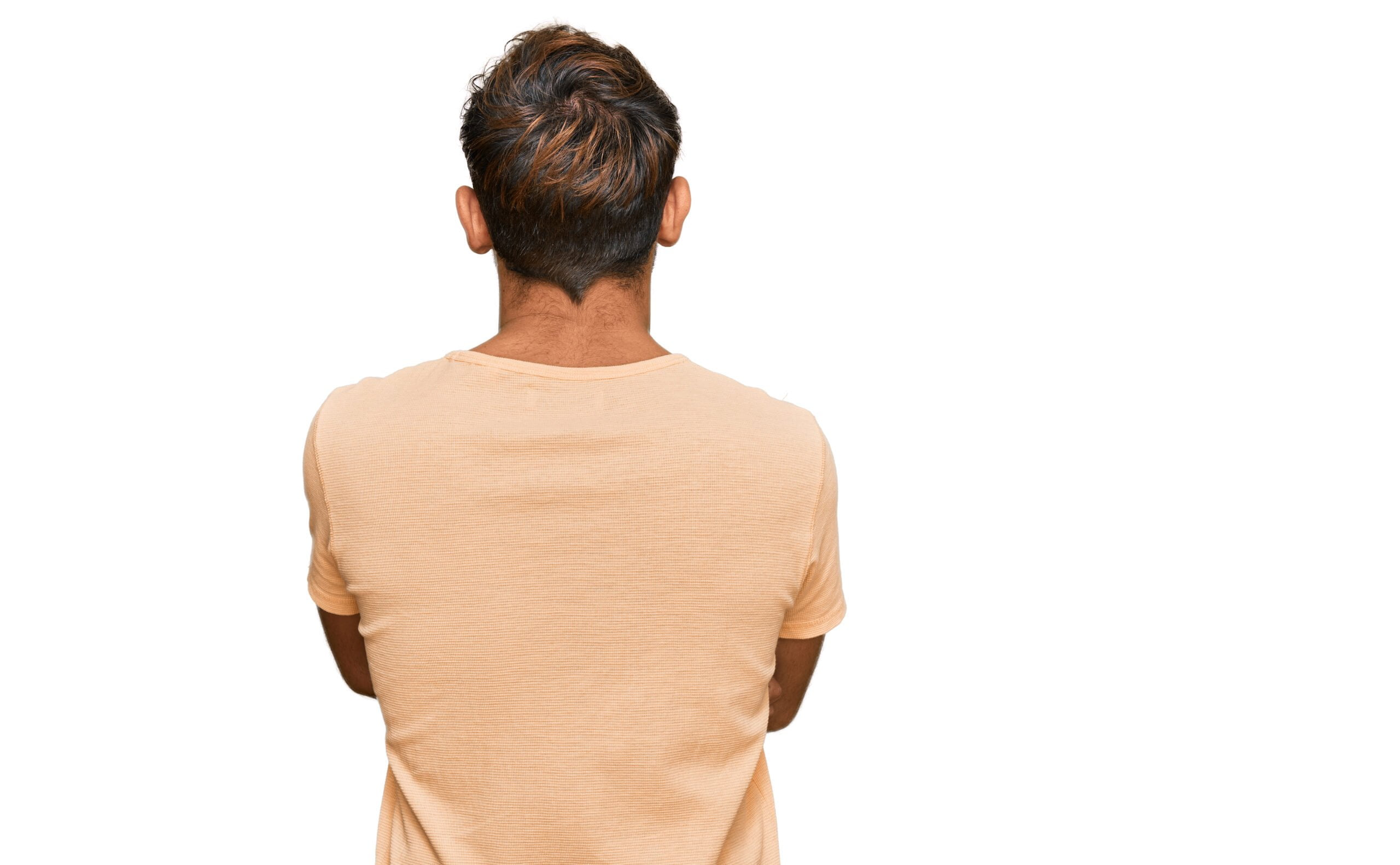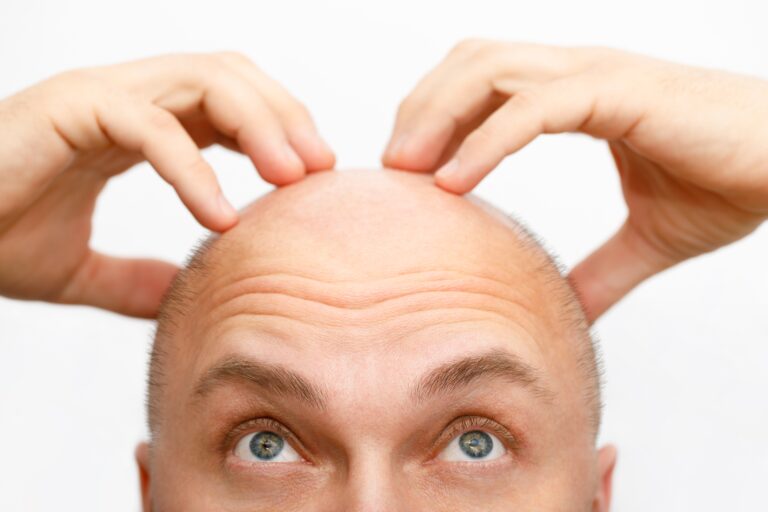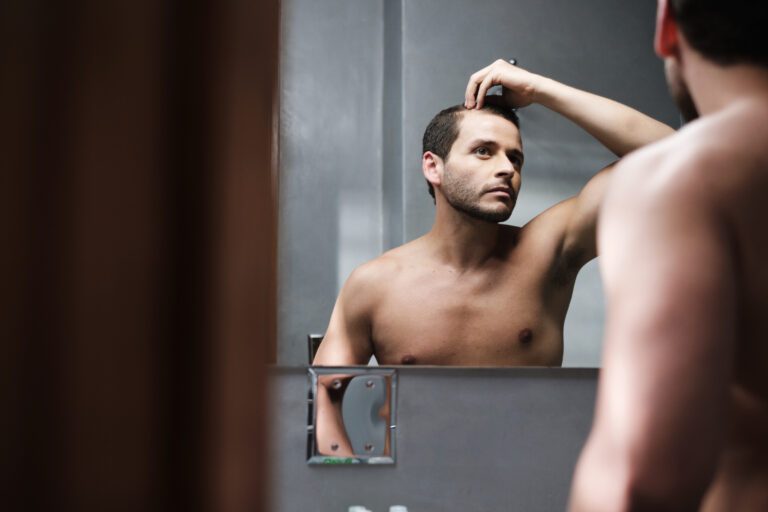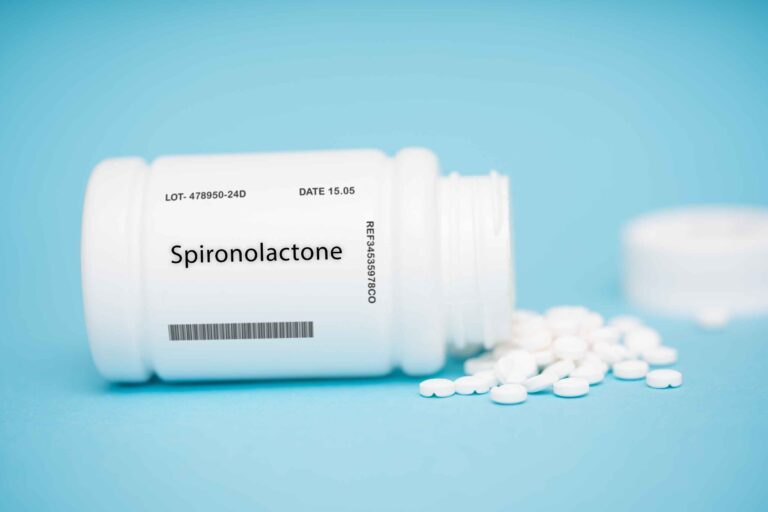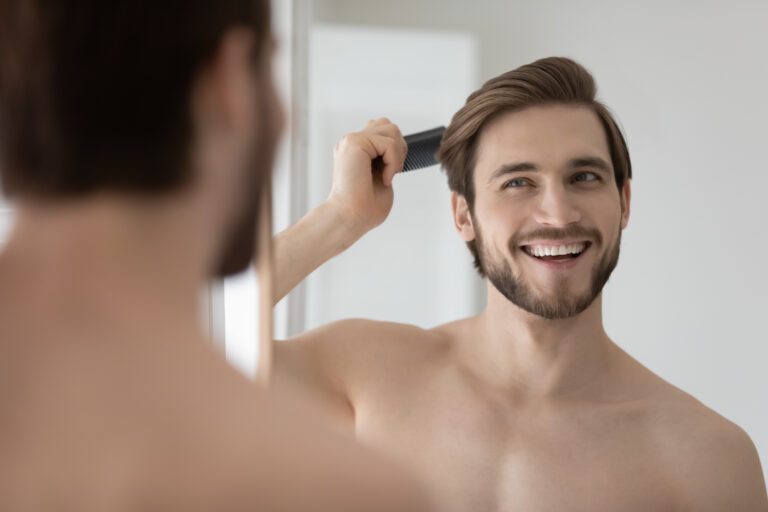The Donor Area for Hair Transplants: What You Need to Know
A successful hair transplant depends on the patient’s condition and hair availability in the donor area. Every procedure requires a thorough analysis of the donor area to foresee the outcome of the surgery.
In this article, we’ll go further into detail on what you need to know about the donor area for hair transplants. Let’s dive right in.
Where Is Donor Hair Taken From?
The donor hair areas of a hair transplant candidate are found at the nape of the neck, scalp areas at the back of the head, and above the ears. These locations are where hair follicles are carefully extracted and transferred to a thinning area.
In anatomy, we refer to these donor areas as the occipital (back of the head), temporal (above and behind the ears), and nuchal (nape of the neck) regions. While these are the main zones for follicle extraction, there are also a few other unusual spots to consider, such as:
- Beard hair
- Chest hair
- Abdomen hair
- Arm and leg hair
- Underarm hair
- Pubic hair
While these body hair locations aren’t as effective as your usual sites for extraction, they can be used alone or in combination with the primary donor areas. Thanks to the follicular unit extraction (FUE) method, surgeons can access these new hair sources for transplantation.
However, it’s worth noting that the hair extracted from these areas may not match the scalp’s hair cycle, length, and thickness. The surgery and healing process also take longer and requires a higher skill level.
What Are the Best Hair Transplant Donor Areas?
There’s no definite way to answer which donor area is best used for hair transplants. Each case can vary depending on the patient’s condition and overall health.
However, what’s certain is that the standard donor areas are generally safer to use and almost foolproof most of the time. With that said, we can refer to these hair regions as the safer option.
On the other hand, body hair is a more efficient follicle source since it doesn’t need to take more hair from your scalp. Additionally, with the FUE method, no scars will be left on the body, should you choose to use it as your donor area.
If you don’t mind the additional time body hair extraction adds to the process, using it should be more efficient. Although, you might have to spend a bit more since it takes a high level of skill to accomplish.
What Should You Consider When Selecting Donor Areas?
The number one thing to consider before selecting a donor area is if it has the healthiest amount of hair follicles. After all, you’ll only be wasting the surgeon’s efforts and your money if the procedure fails due to avoidable complications.
If the patient’s lifestyle follows an unhealthy path, it will reflect on how healthy the donor areas will be. That’s why discussing their habits with a trusted surgeon is crucial to the hair transplant’s success.
Here are some other factors a patient and their surgeon should consider before choosing a donor area:
- Does the donor area have good-quality grafts?
- Does the donor area have many or enough grafts?
- Is the donor area’s surface large enough?
- Is the donor area well-taken care of?
Once the surgeon gets a good assessment of these factors, the procedure can run its course smoothly with lesser risks involved.
How to Improve Hair Donor Area
Just as much as the transplanted area requires extensive aftercare post-surgery, the same applies to the donor area. The healing process of the affected zones starts immediately after the surgery, so it’s a must to follow the surgeon’s instructions down to the last detail.
For starters, you’ll be given around 7 to 14 days of rest to allow your body to recover. During this time, you must avoid work or any strenuous activities, so the wounds won’t open or get infected.
You’ll also be prescribed painkiller medicines, a special medical shampoo, and moisturizer to aid your scalp’s recovery. When using the shampoo, try to take note of the following reminders:
- Be gentle with your scalp and avoid rubbing, especially on the transplanted and donor areas
- Use a small amount of shampoo and lather it well before applying
- You can use the moisturizer in between hair washes if there’s an extra dryness sensation
- Pat your hair gently instead of rubbing it when drying
What Happens to the Donor Area After a Hair Transplant?
It’s normal to see patches of red dots all over the donor area after a hair transplant. The redness you see is part of your body’s healing process and should become less visible as time passes.
The dots will also appear white after a while but won’t be seen as much, especially after your hair regrows in that area. The redness of the donor area should disappear in less than four weeks, given that you’re following the aftercare instructions properly.
However, if it persists beyond that, we recommend contacting your surgeon to do a follow-up and assess if there are any additional steps needed.
Does Donor Area Hair Grow Back?
The short answer is yes, the donor area can grow back, but it all depends on how you take care of it post-surgery and long-term. Although in some cases, not all hair follicles will regrow, so it’s best to discuss this thoroughly with your surgeon before starting the procedure.
Be that as it may, it’s not an alarming concern. Most of the time, it’s barely noticeable, even if some follicles don’t regrow in the donor area. In such cases, strategic planning and rigorous aftercare are essential.
You’ll also need to pursue a healthy lifestyle so your hair will have ample support to recover and grow.
How Many Grafts Can Be Extracted From Donor Area?
The average amount of hair grafts extracted in a single hair transplant can go anywhere between 1,000 to 3,000. This amount varies depending on how severe the hair loss is and how much is available from the donor areas.
Luckily, the donor areas have around 8,000 hair grafts available, which is more than enough for what the average hair transplant needs. It’s a different story, however, if you’re suffering from a severer hair loss case.
In such situations, additional planning is needed with the surgeon to work around the available hair grafts.
Can You Use Hair From Other People’s Donor Areas?
As much as using hair from other people’s donor areas is an attractive thought, especially for those with major hair loss issues, it’s almost impossible to do so. Hair surgeons often avoid this method of hair transplantation to eliminate the risk of incompatibility issues.
Even if the patient and the surgeon had a long time in preparation, the percentage of failure outweighs the success rate. Apart from your body rejecting the transplanted follicles, you might also encounter the following problems:
- Infections due to your body’s immune response
- Your hair loss will continue and possibly even worsen
- You might need to use immunosuppressant drugs, which come with many side effects, should the procedure succeed
Wrapping Up
Donor areas are the key to a hair transplant’s success, so it’s best to take good care of them. It’s a blessing enough to have advanced methods for surgery like the FUE to give more hope to people suffering from hair loss.
It’s also important to find a surgeon you trust to ensure the planning and procedure goes smoothly. The best thing you can give yourself in such situations is the assurance of a skilled and trustworthy surgeon to guide you every step of the way.

